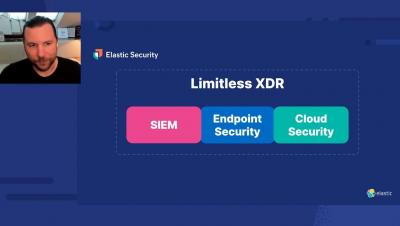Elastic Security uncovers BLISTER malware campaign
The Elastic Security team identified a noteworthy cluster of malicious activity after reviewing our threat prevention telemetry. A valid code signing certificate is used to sign malware to help the attackers remain under the radar of the security community. We also discovered a novel malware loader used in the campaign, which we’ve named BLISTER. The majority of the malware samples observed have very low, or no, detections in VirusTotal.










